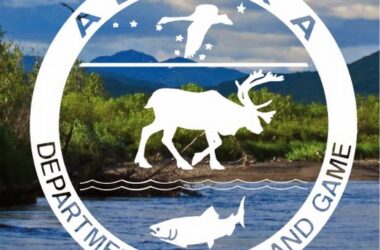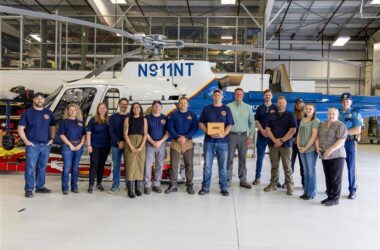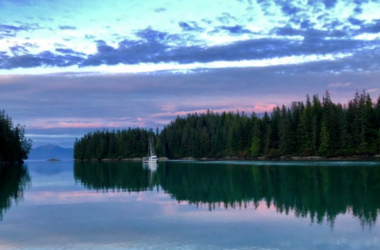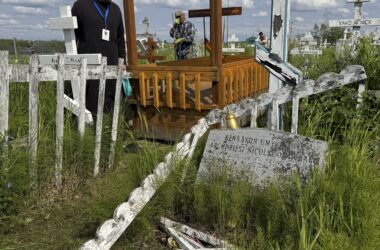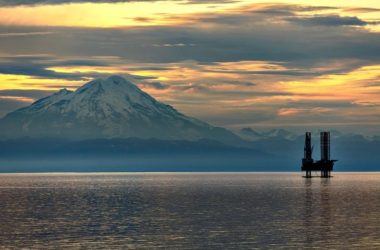The Kenai National Wildlife Refuge’s meeting to address the proposal to close the refuge to sport brown bear hunting this season saw large attendance.
Supervisory Fish & Wildlife Biologist John Morton first gave a presentation on why the proposal is being considered.
Morton: “The best available data we have show that its been increasing at a rate of about three percent a year from 1995 through 2011, and then as a result of regulatory changes that were made in 2012 and 2013, the total human caused mortality got very high in both years. There were 43 total bears killed in 2012, 14 of which were adult females and then in 2013 71 bears were killed, 23 of which were adult females. Of course the concern here is that we’re just not convinced that amount of harvest can be kept up for very long. We’re seeing a decline in the population, by our estimation as much as 20 percent or more.”
There was a variety of public testimony, mostly disapproving the proposal and while many felt their testimony would not sway the decision they stated they needed to participate in the public process.
Ted Bailey spoke in support of the proposal.
Bailey: “It was because there was no biological justification for reducing the number of bears on the refuge. I know some people think its because of the low moose population, but I think most biologists would agree that the reason that the moose population is currently low is because the scarcity of brows, which usually follows as plant succession occurs after large wild fires on the refuge and throughout the peninsula and you’ll see probably a much higher moose population sometime in the future, when the vegetation starts recovering.”
Jesse Bjorkman spoke against it.
Bjorkman: “By eliminating brown bear hunting, you’re putting more predators on a range to bring down the moose population. You’re taking hunters out of that equation, and their ability to balance populations. So for the example I pointed out with the Koyukuk River, they used to have no moose on the Koyukuk 100 years ago. And now they’re plentiful moose because of population management and game management of predators and prey in the Koyukuk Valley. So it’s hunting that is a big part of animal conservation and striking a balance and a correct balance for all user groups.”
Refuge Manager Andy Loranger said the U.S. Fish and Wildlife service would issue a decision on the proposal by Friday, August 29.

